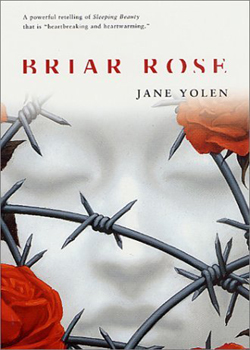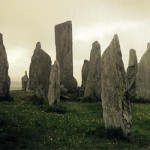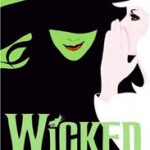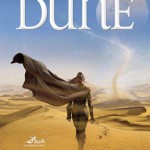If anyone has wondered if fairy tales are still relevant, one need only look at Jane Yolen’s Briar Rose. With the juxtaposition of the well-known tale of Sleeping Beauty and a granddaughter’s search for her grandmother’s past, the reader is taken back to Poland during the Holocaust and discovers why Gemma only tells one story. The story is told in two ways, through Becca’s modern perspective and through the past told by Josef, a man who knew Gemma knew back in Poland.
Becca is the youngest of three and since she was in diapers always wanted her grandmother to tell the story of Briar Rose. Incidentally, this was also the only story her Gemma would tell. Over years and many tellings the story changed a little over time, and only after Gemma’s death did Becca begin to suspect that there was perhaps something more there than just a story. Through the enlisted help of an investigative journalist she discovers that her Gemma had actually been in Poland during the Holocaust and, what’s more, was sent to Chelmno, an extermination camp.
Not content with this information, Becca decides she must visit Chelmno and search out anyone who might know her grandmother from this time. Traveling to Poland, Becca eventually finds Josef, a homosexual man who escaped the Nazis and went underground, and he fills in the blanks and transform the story from Sleeping Beauty to what really happened.
Josef had been working with a movement trying to save people from the extermination camps when he came to Chelmno. He arrived there just in time to watch a group of Polish Jews being gassed to death, but also just in time to discover that there was in fact a person still alive in a heap of supposedly dead bodies. In what Gemma had always referred to as the “kiss of life” in her story, Josef rescued her by administering CPR. Becca discovers that her grandmother was originally named Księżniczka, which means “princess,” and married one of Josef’s associates, using his name to get to the United States.
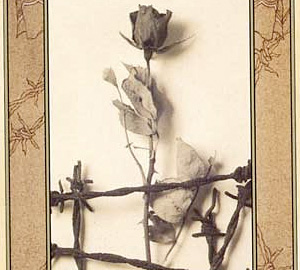
The first part of the story, called “Home,” is when Becca’s Gemma dies and the search for her past begins. This section is told through Becca’s present and her past and interposes the story of Briar Rose, each flashback continuing on with the story. As the pieces come together for Becca they also come together for the reader and it really a marvelous storytelling device. In the second part, “Castle,” both the reader and Becca learn what really happened to Gemma and why, on her death bed, she claimed she was Briar Rose, (because, well, she was).
This is a poignant and touching book. While it may be marketed for young adults, it’s a story anyone could enjoy. I have read hundreds of books, and over the years this is one of the stories that have stuck with me. While everyone may have heard of the story of Sleeping Beauty, no version of the story is nearly as memorable as Jane Yolen’s retelling. I find that fairy tales as a story device help people connect difficult situations, like the Holocaust, with something that they can understand. The difficulties that must be faced by the children of fairy tales does in fact have a real world counterpart.
If you think you are too old for fairy tales I challenge you to pick this book up and try it. The simple language makes it a book for all level of readers but the story itself is deep and meaningful. This story illicits rare emotion and is beautifully written. Yolen doesn’t cheapen the experience of the people in Poland during the time of the Holocaust but rather raises awareness of what was indeed happening there.


